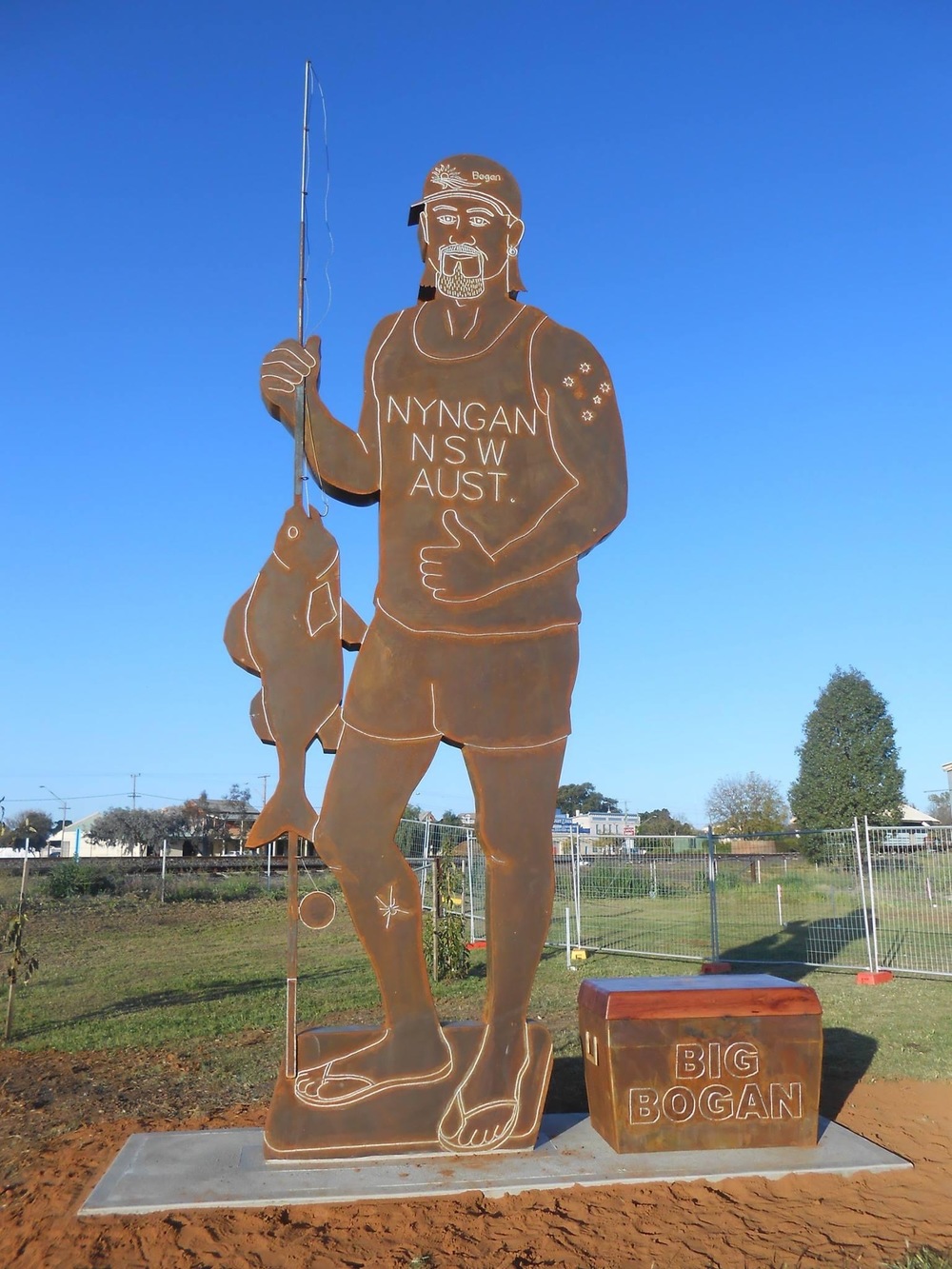Bogan Shire - what the Census says
Abigail McLaughlin
08 July 2022, 9:39 PM
 The Bogan Shire has fared better than some of its neighbours in the population stakes.
The Bogan Shire has fared better than some of its neighbours in the population stakes.The population of the Bogan Shire has dropped by 225 people (8per cent) over the past five years but the overall composition of the community has remained stable according to the 2021 Australia Bureau of Statistics Census.
Bogan Shire has typically been equally reliant upon agriculture and mining over the past decade. Whilst the employment data from the 2021 Census has not yet been released the agricultural sector has endured a significant three-year drought since the previous Census in 2016 which may have contributed to the population decrease.
Bogan Shire General Manager, Derek Francis, said the decline in population was a trend echoed throughout western NSW.
“It is difficult to determine the reason, but rural and regional NSW experienced one of the worst droughts on record during the reporting period which certainly impacted the agricultural sector, on which we are reliant for employment and income.”
Mr Francis said the mining industry had remained a constant employer during that time and helped prevent Bogan Shire experiencing the level of economic downturn faced by other western areas which were more reliant upon agriculture.
“The past two years have seen agriculture recover and prices for wheat, lamb, beef and wool have been very good.”
There are now around 2467 people living in the Bogan Shire, which includes Nyngan and surrounds and the villages of Hermidale, Girilambone and Coolabah.
The median age of the population has increased from 40 in 2016 to 41 in 2021 (slightly higher than the Australian median age of 38), and the “baby boomer” and “millennial” age groups have the highest numbers.
The total number of people identifying as Aboriginal in the community in 2021 was 440 – barely changed from the 443 in 2016 – but the overall percentage of the population that are indigenous has risen from 16.4pc to 17.8pc, due to the decline of the overall number of people in the Shire.

The definition of a 'typical' Aussie may be less clear but everyone can recognise Nyngan's Big Bogan.
Whilst the Bogan Shire population is overwhelmingly “Australian”, with 86pc born here, there continues to be a small number of people born in other countries including New Zealand (9) England (8), India (5), Nepal (3), Pakistan (4), Fiji (4), Papua New Guinea (3) and Hong Kong (3).
This is in keeping with the overall Australian trend which has seen an increase in people migrating from Nepal, India, Pakistan, Iraq and the Philippines.
For the first time, the Census collected information on ten common long-term health conditions in Australia.
In the Bogan Shire, the most common health conditions reported included arthritis (217 people), asthma (214), mental health such as depression and anxiety (155), diabetes (127), cancer (86), lung disease (47), kidney disease (29), stroke (26) and dementia (13).
Despite the reported dip in population, Bogan Shire is paradoxically experiencing a shortage of housing stock, and there is a waiting list for day care places at the Early Learning Centre.
Mr Francis said Council had been successful in obtaining grant funding to subdivide land for residential housing; and was in the process of extending the early Learning Centre building to cater for more children.




